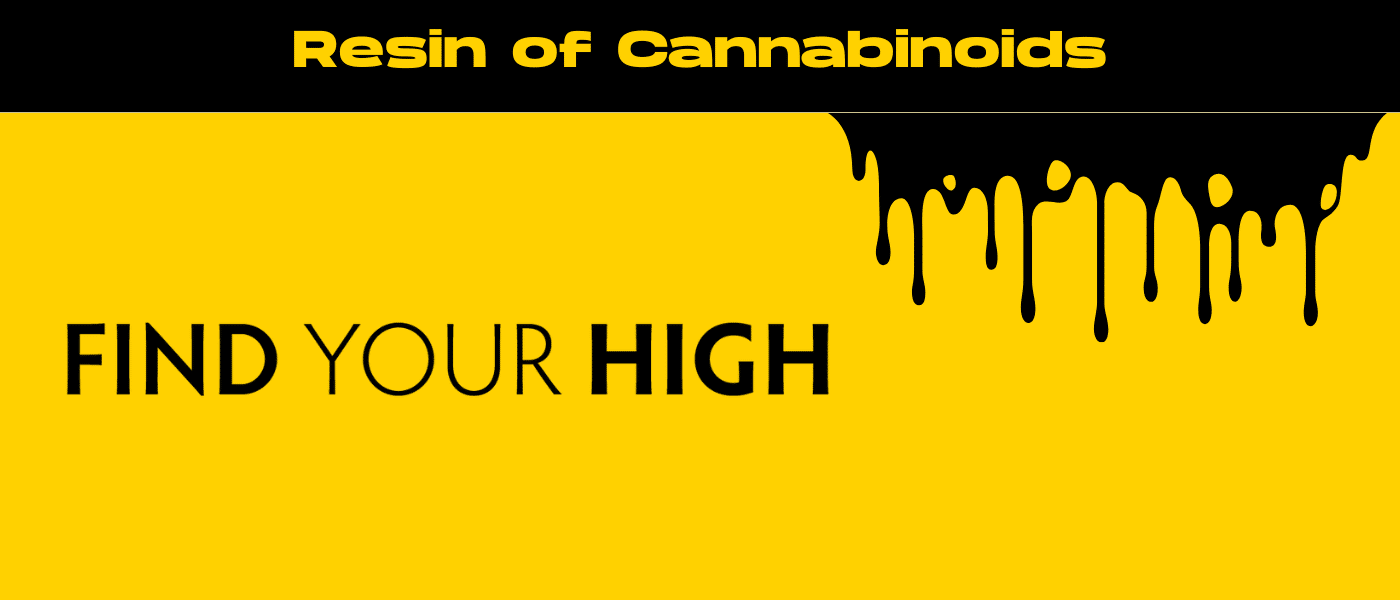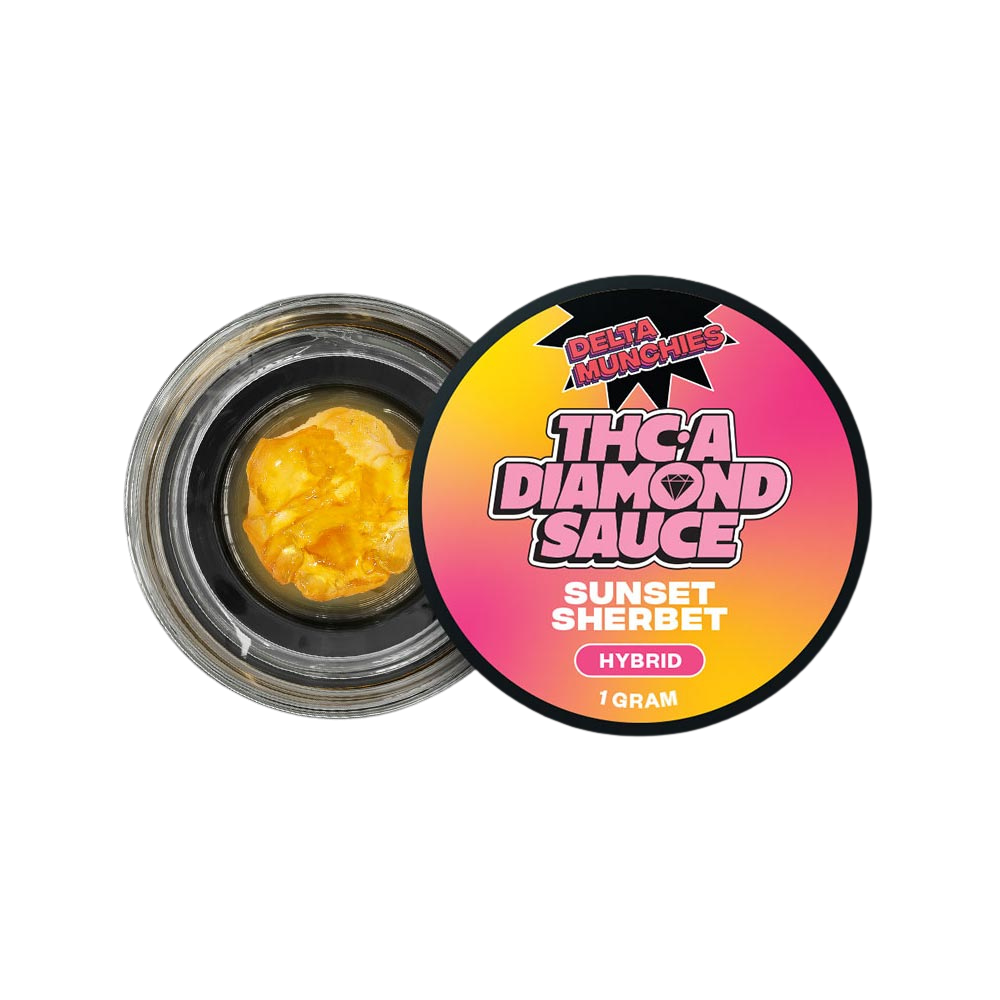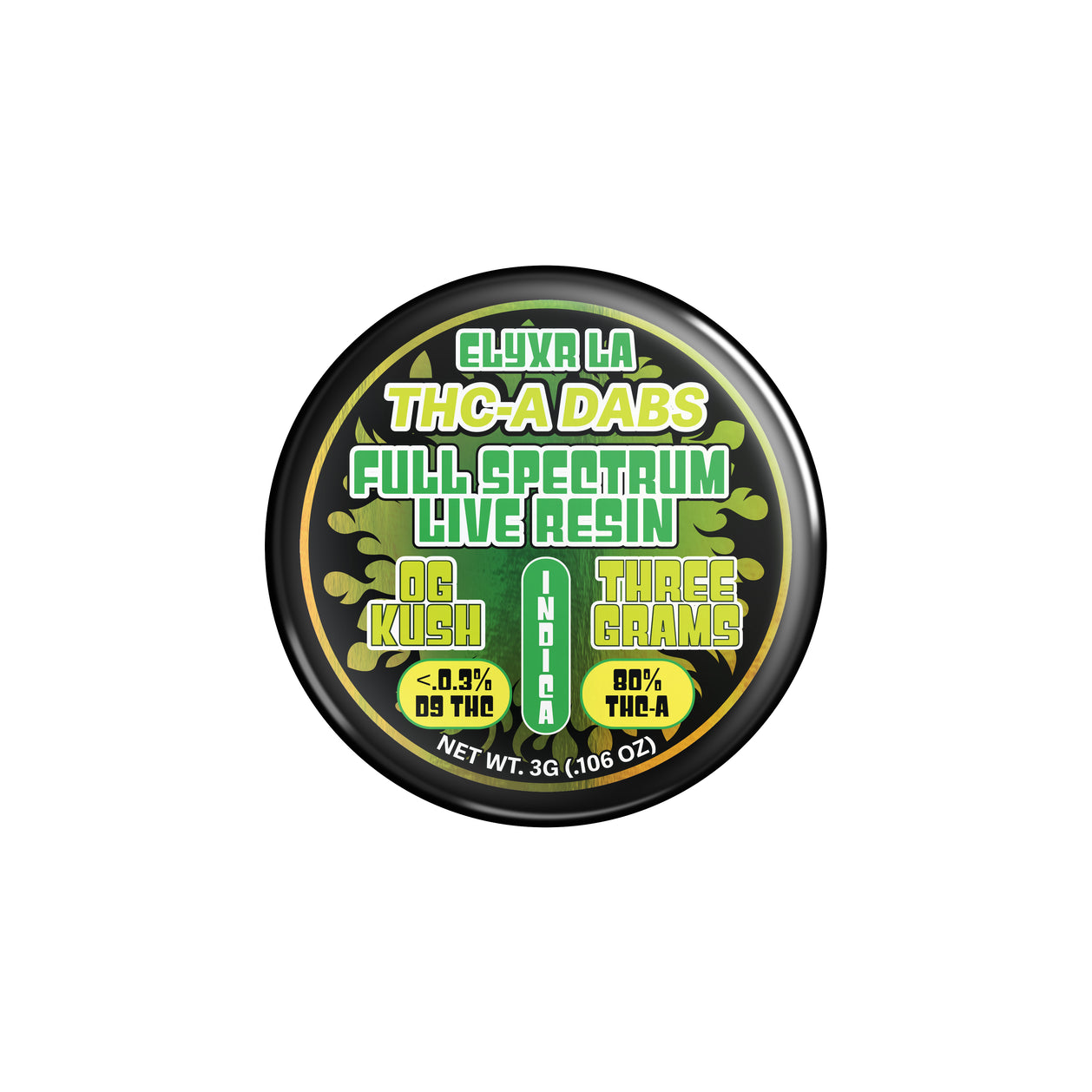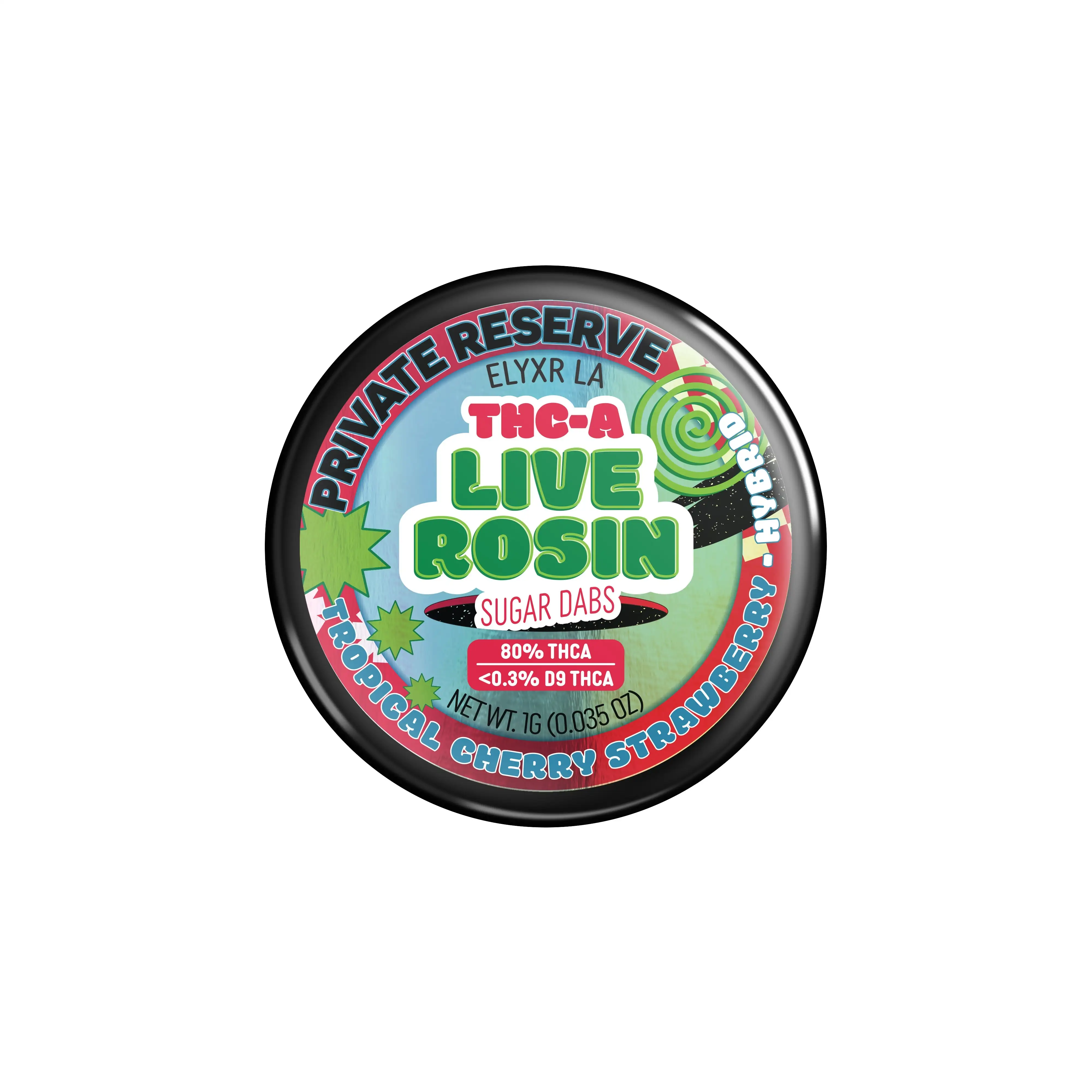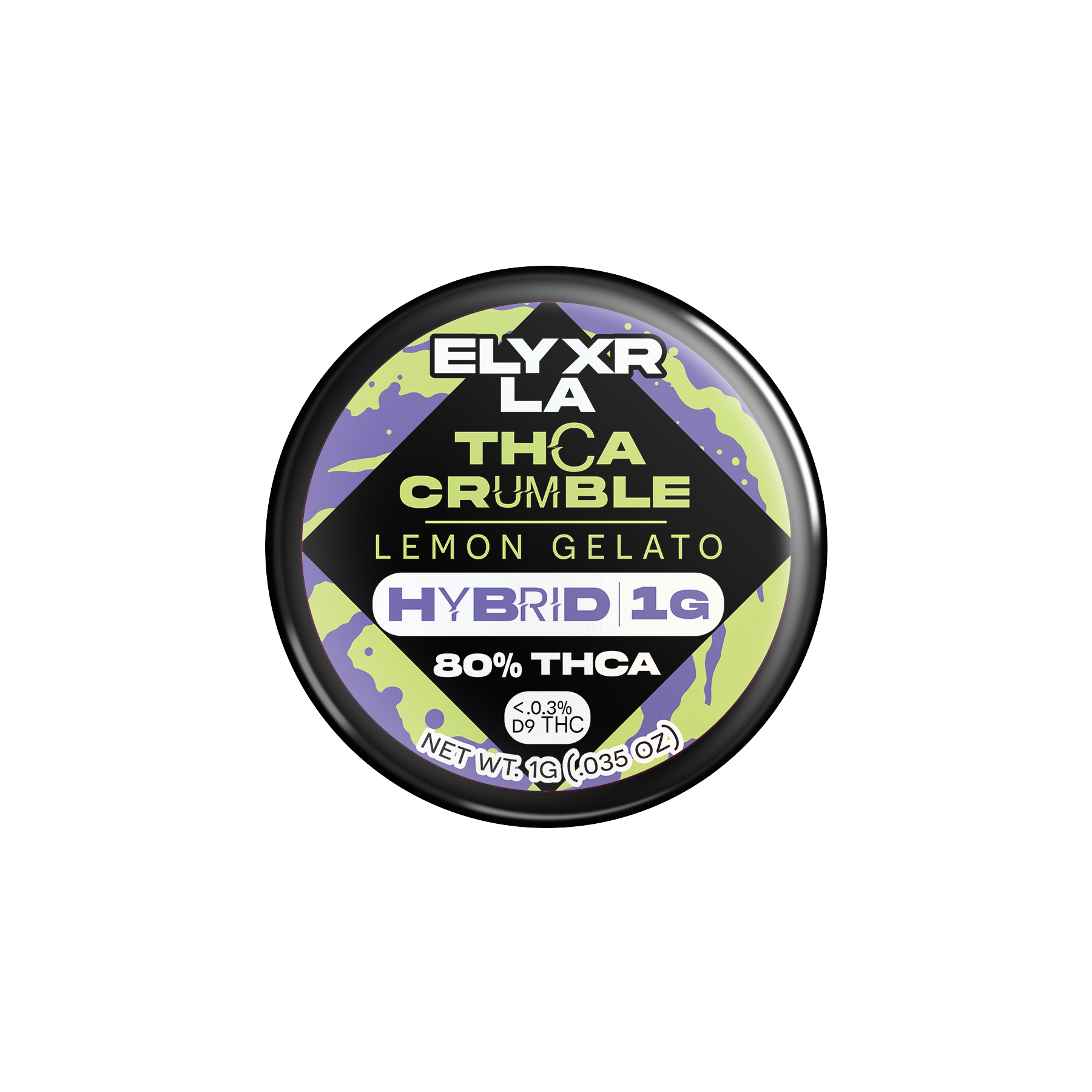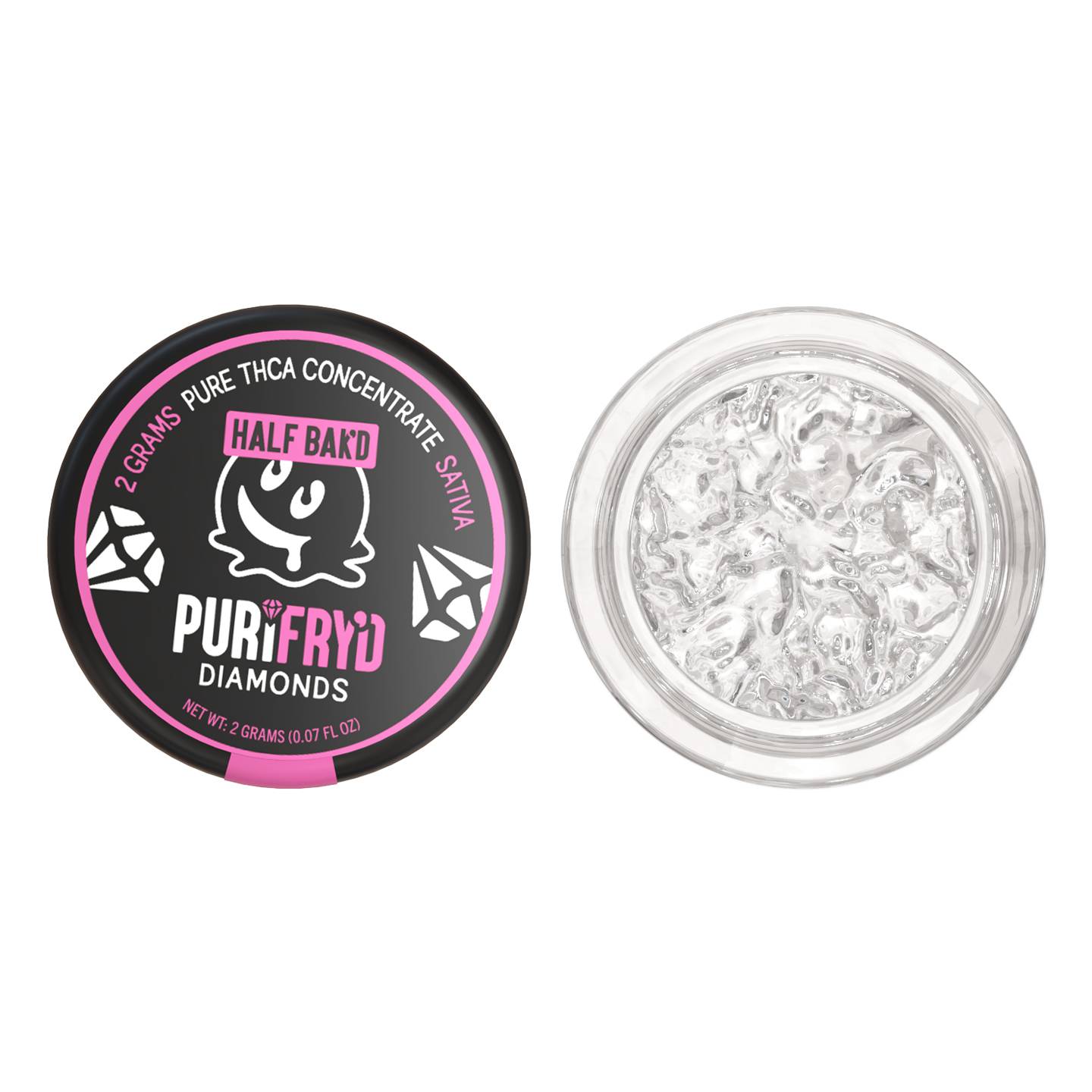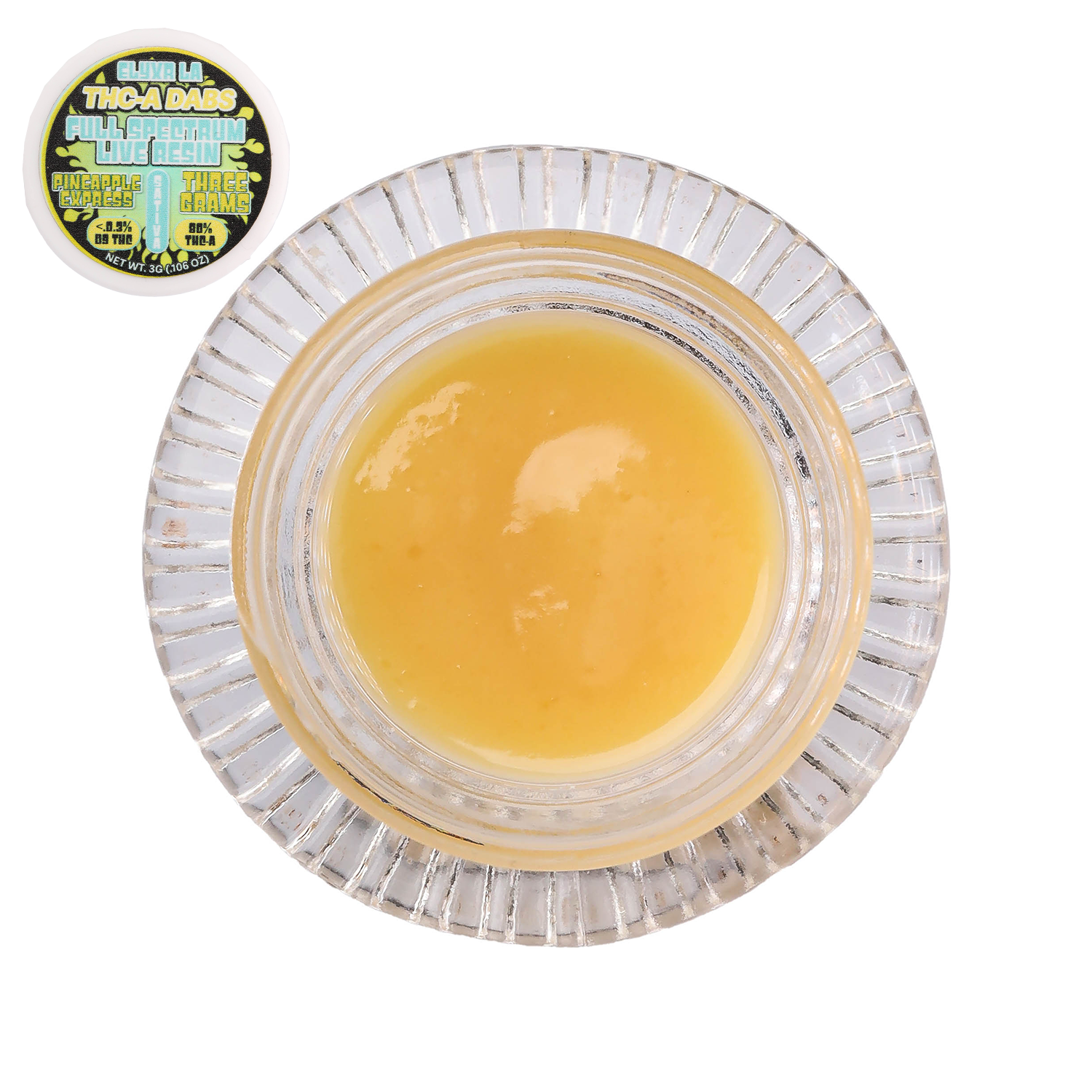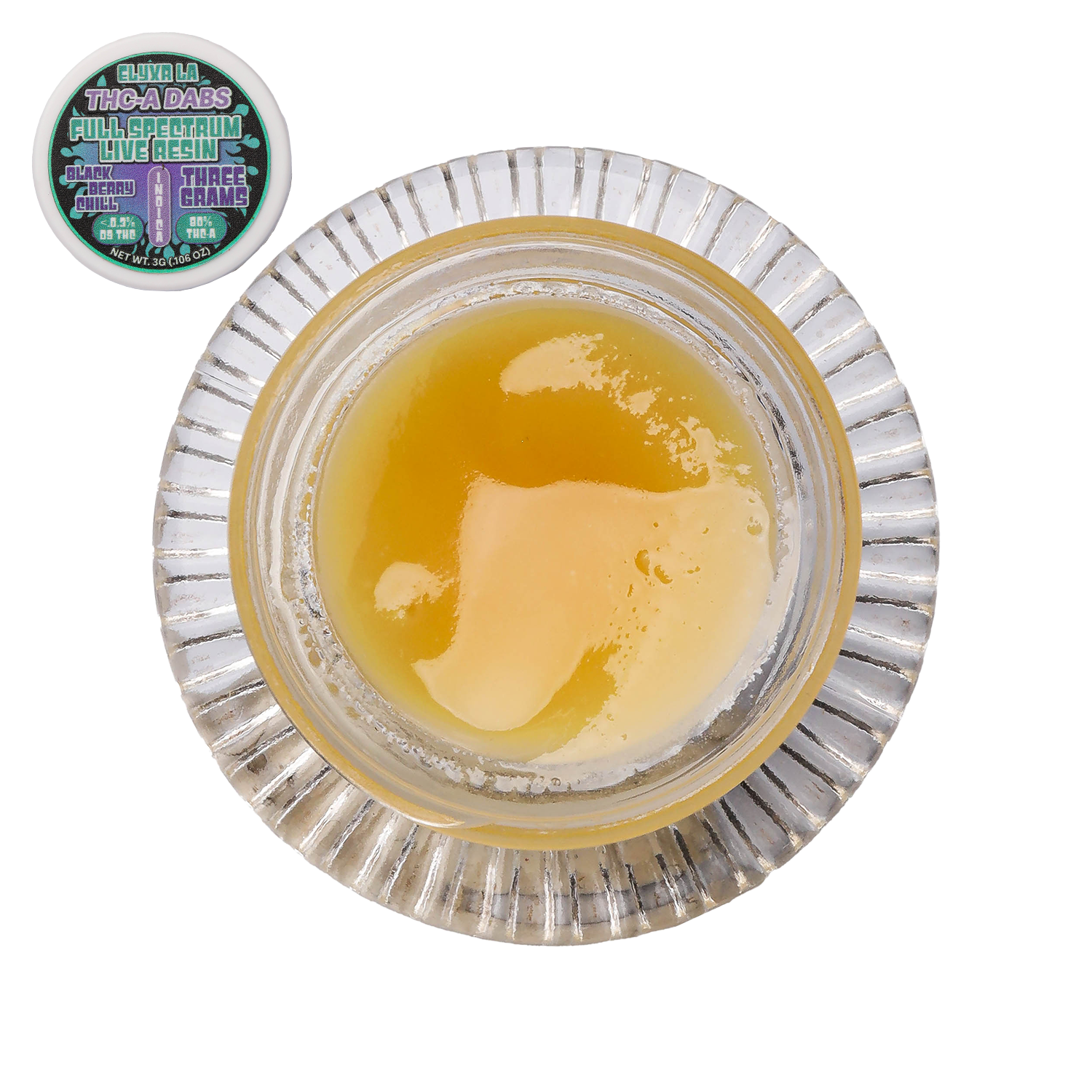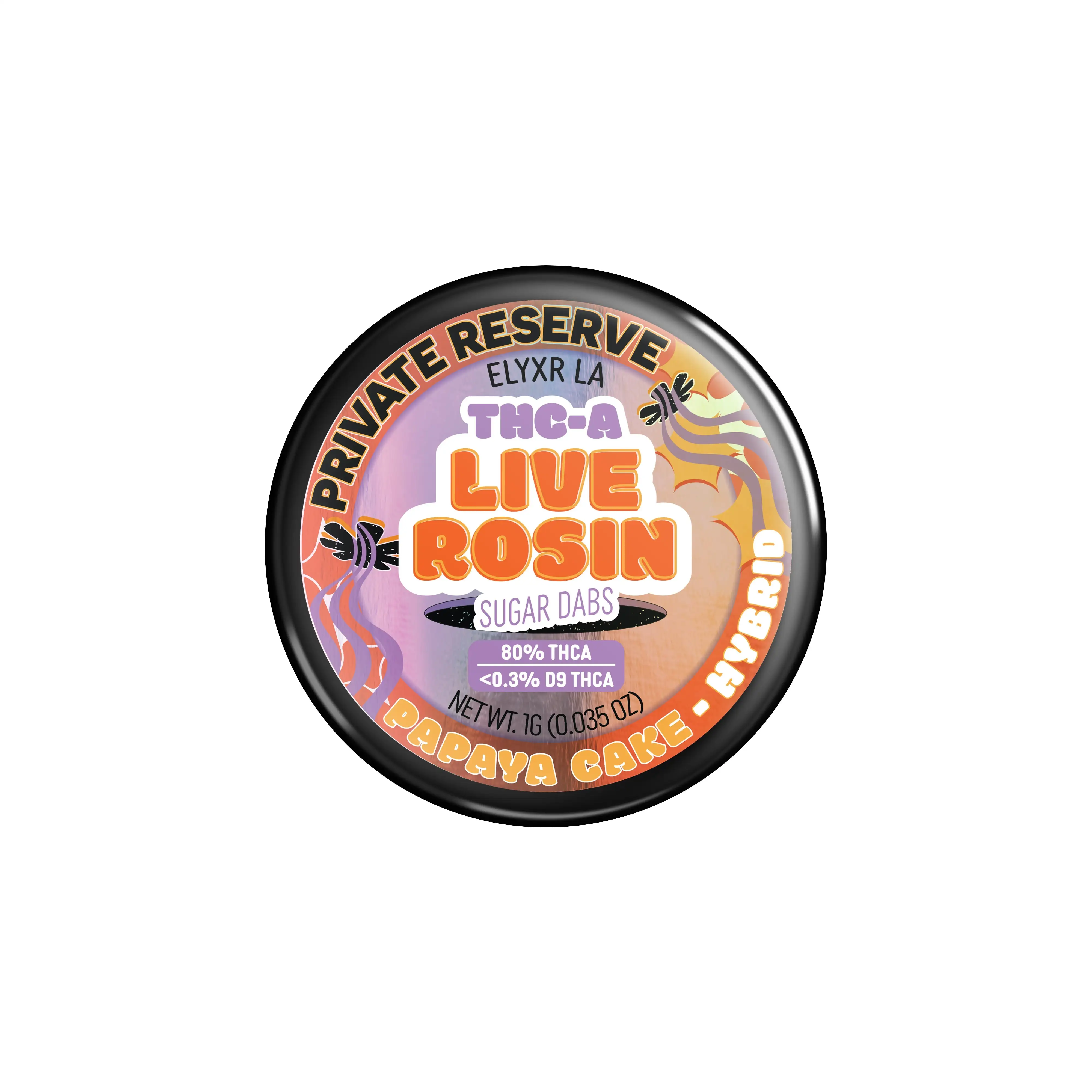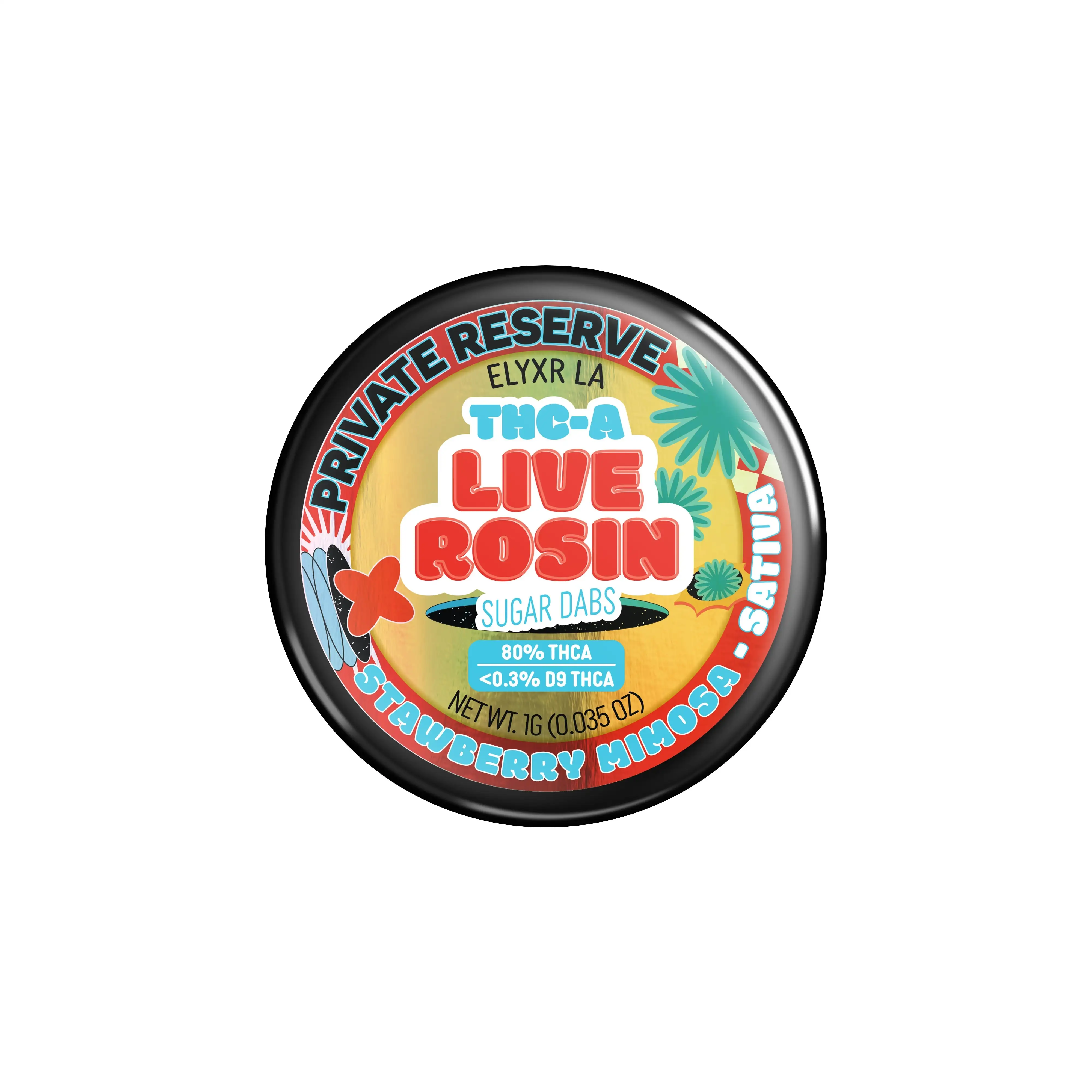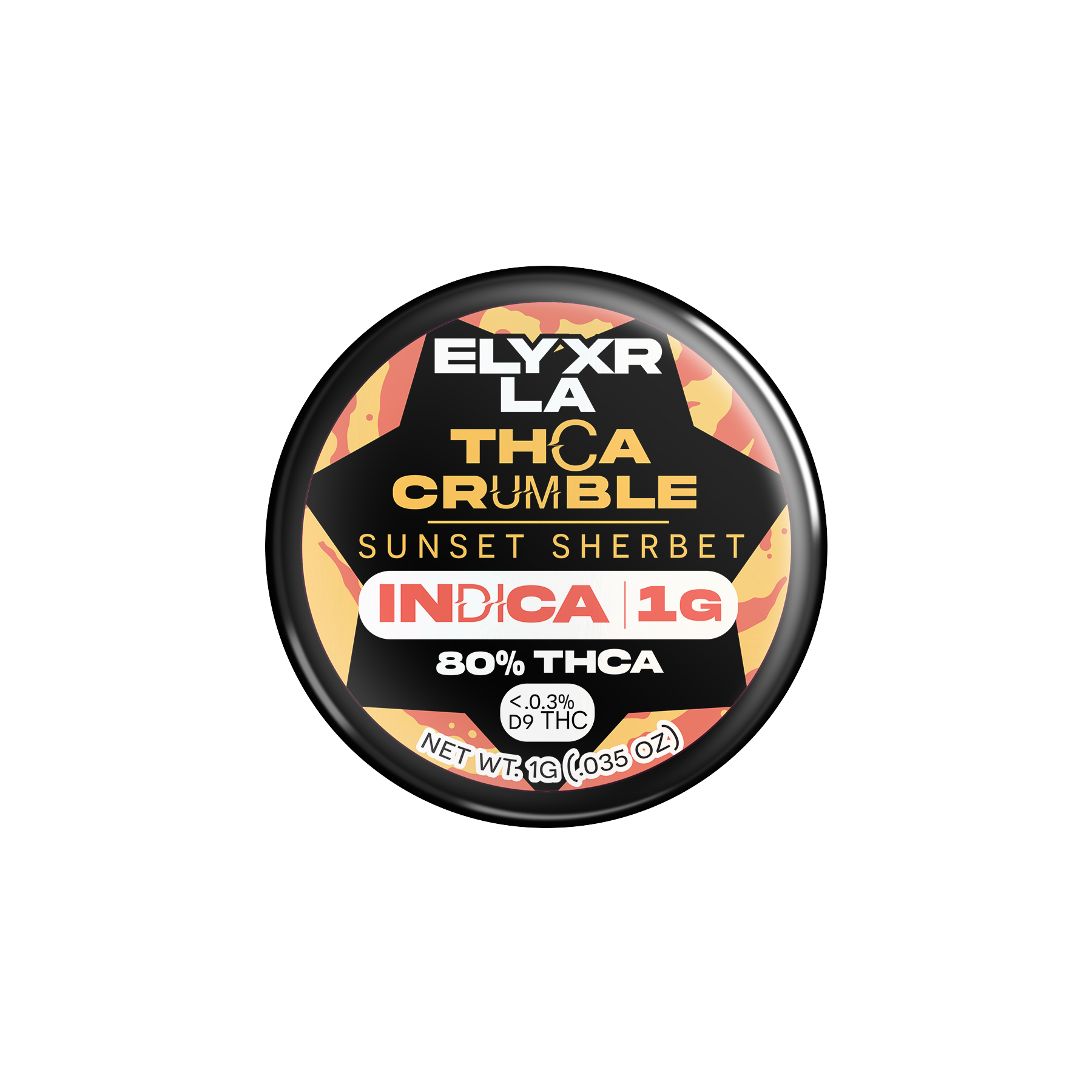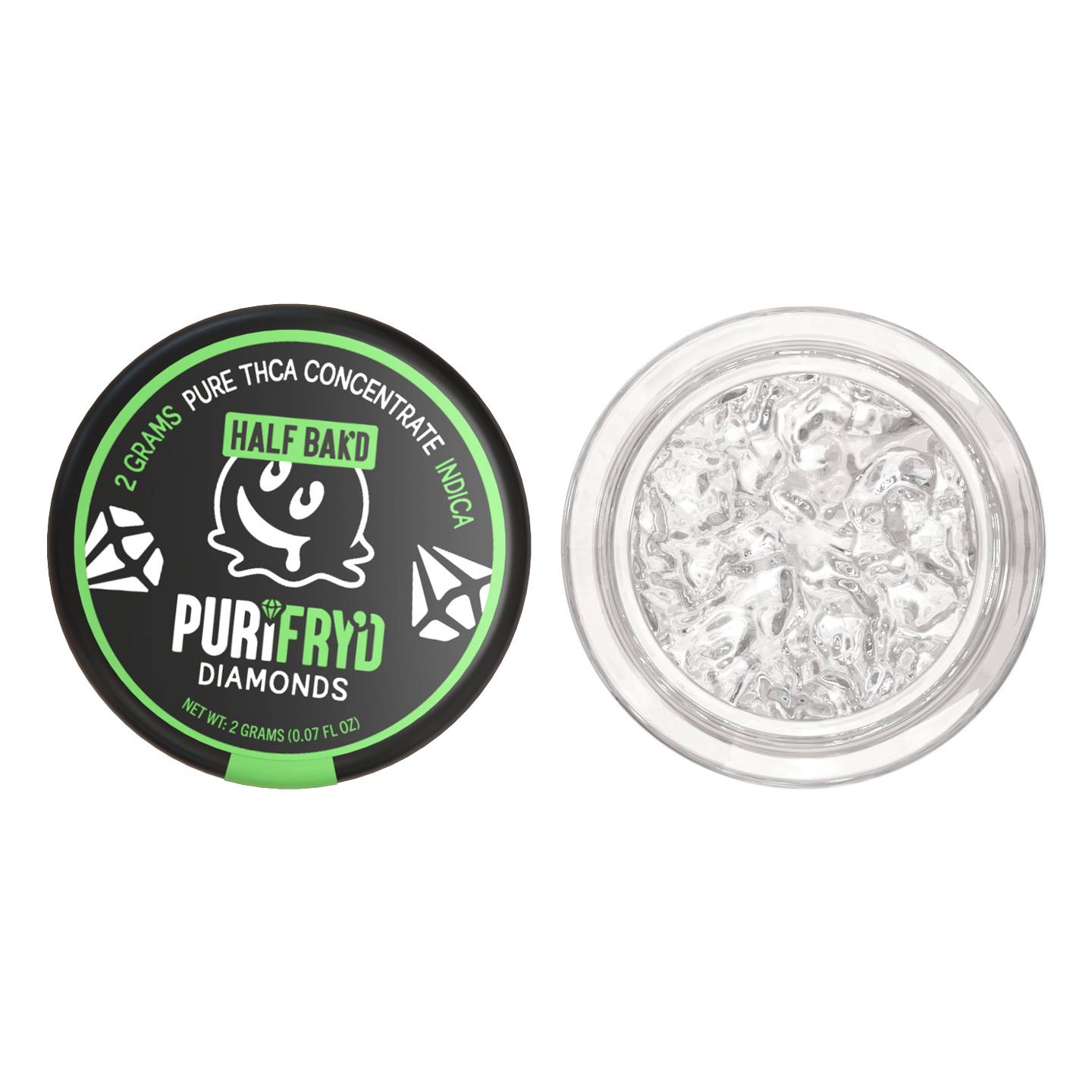When you think of cannabis, you probably imagine those frosty, crystal-coated buds glistening under the light. But that sparkle isn’t just for show—it’s actually resin of cannabinoids. More specifically, cannabinoid-rich resin. And it’s the sticky substance behind everything we love about fresh cannabis plants: the potency, the flavor, the smell, and the effects.
Whether you’re hitting a joint, dabbing a concentrate, or indulging in an edible, you’re interacting with resin in one form or another. But what exactly is resin? What cannabinoids does it contain? And why does it matter so much in the world of weed? Let’s break it down.
What Is Cannabis Resin?
Cannabis resin is a naturally occurring, sap-like secretion produced by the plant’s trichomes—tiny hair-like structures found mostly on the flowers, but also on the leaves and stems. This sticky resin is rich in cannabinoids like THC, CBD, and many others, along with terpenes that give each strain its unique aroma and flavor.
Functionally, resin acts as a defense mechanism for the plant. It protects against pests, UV rays, and environmental stressors. But for those smoking cannabis, it’s the good stuff—the part that gets extracted, refined, and consumed for both recreational and medicinal effects.

Trichomes: The Source of Resin
To understand resin, you’ve got to understand trichomes. These are the tiny, crystal-like structures you see covering high-quality cannabis. They’re not just for aesthetics—they’re mini resin factories.
There are three main types of trichomes:
- Bulbous trichomes: The smallest, often invisible to the naked eye.
- Capitate-sessile trichomes: Slightly larger and produce moderate amounts of resin.
- Capitate-stalked trichomes: The largest and most resinous, these are what give cannabis that frosty appearance.
Trichomes begin producing resin as the plant matures, especially during the flowering stage. Harvest timing is critical—too early and the trichomes won’t have developed enough resin; too late and the cannabinoids can degrade, reducing potency.
Cannabinoids Found in Resin
Cannabis resin is like a chemical goldmine. It’s densely packed with cannabinoids—the active compounds that interact with our body’s endocannabinoid system.
The main players include:
- THC (tetrahydrocannabinol): Responsible for the euphoric “high.”
- CBD (cannabidiol): Non-intoxicating, known for its calming and therapeutic effects.
- CBN (cannabinol): Often associated with sedation and sleep aid.
- CBG (cannabigerol): A precursor to other cannabinoids with emerging health benefits.
- CBC (cannabichromene): Less studied but potentially anti-inflammatory.
- THCa and CBDa: Acidic precursors to THC and CBD, present in raw resin.
The specific blend of cannabinoids in cannabis resin extracted from the plant depends on the strain and how it’s grown. Together, these compounds work synergistically—what’s known as the entourage effect—to produce more nuanced and effective outcomes.
Types of Cannabis Resin
Not all resin is created equal. Depending on how it’s collected and the production process, cannabis resin can take several forms:
- Live Resin: Made from fresh-frozen plants to preserve terpenes and cannabinoids at peak freshness. Known for its strong aroma and flavor.
- Hash: One of the oldest cannabis concentrates, made by pressing or rubbing trichomes into a dense, resinous cake.
- Rosin: A solventless extract created by applying heat and pressure to cannabis flower or hash. It’s clean, flavorful, and highly potent.
- Charas: Similar to hash but made by hand-rubbing freshly harvested cannabis plants. Traditional in parts of India and Nepal.
- Cannabis Tar (Black Resin): A sticky, dark byproduct of combustion. Not the same as the concentrated resin from trichomes and generally considered less desirable.
Each type varies in texture, color, potency, and extraction process, but they all center around one key ingredient: resin.
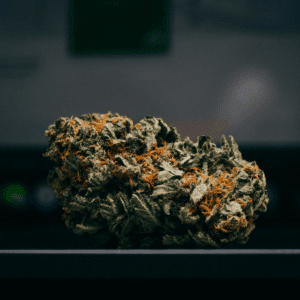
Live Resin vs. Other Concentrates
Among all the resin-based products out there, live resin stands out as a fan favorite. Why? Because it captures the plant’s full aroma and flavor profile better than most other concentrates.
Live resin is made using cannabis plant that’s flash-frozen immediately after harvest, rather than dried and cured. This method preserves terpenes, which are often lost in traditional extraction processes. The result is a concentrate that’s incredibly flavorful, potent, and aromatic.
Compared to distillates, wax, or shatter—which often isolate THC and strip away other compounds—live resin delivers a more full-spectrum experience. That means better, more potent effects and a more enjoyable high for many users.
Solvent-Based vs. Solventless Resin Extraction
Resin can be extracted using two main techniques: solvent-based and solventless methods.
Solvent-based extraction involves using chemical solvents like butane (BHO), CO2, or ethanol to strip cannabinoids and terpenes from the plant. It’s efficient and yields high potency, but it requires proper purging to remove residual solvents and ensure safety.
Solventless extraction, on the other hand, relies on mechanical means—like pressure, heat, or ice water—to isolate resin without chemicals. Examples include rosin pressing and ice water hash (bubble hash).
Here’s a quick comparison:
- Solvent-based pros: High yield, efficient, scalable.
- Solvent-based cons: Requires lab equipment, risk of residual solvents.
- Solventless pros: Cleaner, more natural, no chemicals.
- Solventless cons: Labor-intensive, often lower yields.
Resin vs. Kief: What’s the Difference?
Resin and kief are often confused, but they’re not the same thing. Both come from trichomes, but how they’re collected and used differs.
Kief is the dry, powdery substance made up of loose trichome heads that fall off the flower—usually collected at the bottom of a grinder. It’s not sticky like resin and contains fewer terpenes because it’s dry and often exposed to air.
Resin, in contrast, is still attached to the plant and contains the full, sticky cocktail of cannabinoids and terpenes. It’s more potent, more aromatic, and often used to create high-quality concentrates.
How Resin Impacts Potency
The more resin a cannabis plant produces, the more potent it tends to be. That’s because cannabinoids and terpenes are concentrated in the resin—so a sticky, trichome-rich bud usually signals higher THC or CBD levels.
Strains with a thick coating of resin often deliver more intense effects, whether that means a stronger high, deeper relaxation, or greater relief. That’s why resin production is a key indicator of quality for cultivators and consumers alike.
Environmental conditions, genetics, and cultivation techniques all influence resin output. Some growers even select strains specifically for the resin produced to meet the potential and growing demand for concentrates among cannabis enthusiasts.
How Resin Is Used in Cannabis Products
Resin glands aren’t just important for the flower—it’s a cornerstone of the cannabis industry. You’ll find it in:
- Dabs and concentrates: Resin is extracted to make products like live resin, wax, shatter, and rosin.
- Vape cartridges: Many cartridges use live resin oil for enhanced flavor and potency.
- Edibles: Resin-based extracts are used to infuse everything from gummies to chocolates.
- Topicals: High-resin cannabis extracts can be incorporated into lotions and balms for localized relief.
- Infused pre-rolls: Some joints are coated or infused with resin extracts for an extra kick.
The popularity of resin-rich products continues to rise, especially among users looking for stronger, more flavorful options.
Benefits of Resin-Rich Cannabis
Cannabis with high resin content doesn’t just look pretty—it delivers serious perks:
- Potency: Higher concentrations of cannabinoids for stronger effects to help with concerns like chronic pain.
- Flavor: More terpenes mean richer, fuller flavor profiles.
- Efficiency: Less is needed to feel the desired effects.
- Versatility: Easier to extract and turn into other high-end cannabis products.
For both recreational and medical users, resin-rich cannabis offers a more robust and effective experience.
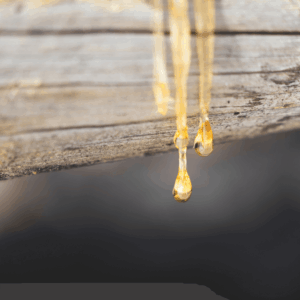
Proper Storage of Resin and Resin-Based Products
To maintain potency and preserve flavor, proper storage of resin and resin-based products is key. Exposure to heat, light, and air can degrade both cannabinoids and terpenes over time.
Here are a few storage tips:
- Use airtight, non-transparent containers to block light and oxygen.
- Keep products in a cool, dark place, away from windows or heat sources.
- For live resin or other sensitive extracts, refrigeration can help maintain freshness.
- Avoid storing near moisture, which can encourage mold or degrade texture.
Good storage preserves quality—especially for premium concentrates.
Potential Downsides and Considerations
While resin is a major plus, there are a few things to keep in mind:
- Potency can be overwhelming, especially for new users.
- Resin-based products often cost more due to quality and labor-intensive production.
- Tolerance may build faster with frequent use of high-resin products.
- Solvent-based extracts can carry health risks if not properly processed.
As with anything cannabis-related, moderation and product knowledge go a long way.
Conclusion: Why Resin Matters in the Cannabis Experience
Resin may be tiny in appearance, but it plays a huge role in the cannabis experience. From cannabinoids and terpenes to extraction methods and product development, resin is the glue that holds it all together—literally and figuratively.
Understanding what resin is, where it comes from, and how it’s used can give you a deeper appreciation for cannabis, whether you’re rolling a joint or dabbing a concentrate. And as the industry continues to evolve, resin will remain a central figure in cannabis innovation, culture, and consumption.
So next time you see those glistening trichomes, give them a little nod. That’s where the magic happens.
Resin of Cannabinoids: Frequently Asked Questions
1. What is cannabis resin made of?
Concentrated cannabis resin is primarily made of cannabinoids (like THC, CBD, CBN, and CBG) and terpenes (the aromatic compounds that give weed its flavor and scent). These compounds are produced and stored in tiny structures called trichomes, which coat the surface of cannabis buds. The result? A sticky, potent substance that packs most of the plant’s punch.
2. Is resin the same thing as kief?
Not quite. Resin is the sticky sap that comes out of the plant’s trichomes, while kief is the dry, powdery collection of trichome heads that usually falls off during grinding. Kief can be pressed into hash, but resin is naturally sticky and often used to create concentrates like rosin or live resin. So, both come from trichomes—but they’re not interchangeable.
3. What’s the difference between live resin and regular resin?
Live resin is a type of cannabis concentrate made from fresh-frozen cannabis rather than dried and cured flower. This preserves more terpenes and results in a more flavorful, aromatic product. Regular resin (like hash oil or rosin) can be made from dried plant material and may have a slightly different taste and effect profile.
4. Is cannabis resin safe to consume?
Yes—when properly extracted and stored, cannabis resin is safe for cannabis users to consume and widely used in many products, from dabs to edibles to vape carts. The key is using resin that was extracted in a clean, controlled environment (especially with solvent-based methods) to avoid contamination or residual chemicals. It’s important to consider proper consumption methods.
5. Why do some cannabis strains produce more resin than others?
Resin production is influenced by genetics, growing environment, and cultivation techniques. Some strains are naturally more resinous because they were bred for potency or concentrate production. Factors like lighting, nutrients, stress, and harvest timing can also impact how much resin a plant produces.




